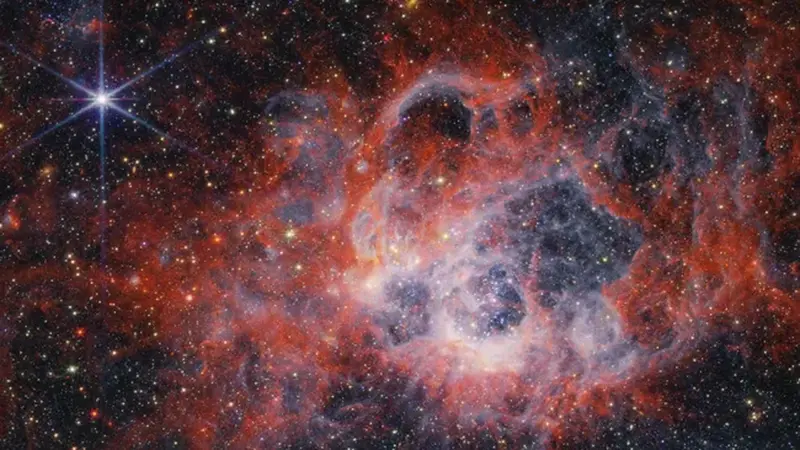
To be more precise, these galaxies stopped forming stars within the first billion years after the Big Bang. Consequently, scientists have taken a step closer to understanding how early galaxies evolve.
What Caused These Galaxies to Go Dormant?
Using sensitive spectroscopic data from the , an international team of astronomers stumbled upon 14 dormant galaxies with a wide range of masses.
Researchers cite several reasons why galaxies cease to form new stars. One major factor is the presence of supermassive black holes at their centers. These giants emit intense radiation that heats and expels cold gas, a crucial component for star formation. Additionally, larger neighboring galaxies can siphon off this cold gas or heat it up, leading to a halt in star formation. As a result, these galaxies can remain dormant indefinitely or fade away.
Another reason galaxies lose their activity is feedback from stars. This occurs when gas in the galaxy is heated and expelled due to stellar processes, such as supernova explosions, intense stellar winds, or pressure from starlight. Thus, the galaxy experiences a temporary period of dormancy, as reported by Live Science.
“Typically, this is a temporary phase lasting about 25 million years,” said Alba Covelo Paz, a PhD student at the University of Geneva and the lead author of the study. Over millions of years, the expelled gas returns, and the warm gas cools down again. Once there is enough cold gas, star formation can resume in the galaxy.
A Surprise from JWST
Until now, astronomers had only discovered four dormant galaxies from the first billion years of the universe. Of these, three had masses of less than a billion solar masses, while one exceeded 10 billion solar masses. Therefore, researchers did not expect to find dormant galaxies in the early universe.
The first discovery of such a galaxy was reported in 2024. As Alba Covelo Paz explained, this finding was a real shock. However, this galaxy had already been observed by astronomers using the before. But until the James Webb Telescope began operations (launched at the end of 2021), they could not know that the galaxy was dormant.
This is because, unlike Hubble, the James Webb Space Telescope can not only see the light from these galaxies but also provide spectroscopic information about them.
Paz and her colleagues searched for such galaxies in the gaps between bursts of active star formation and periods of dormancy. The scientists examined the light from about 1,600 galaxies, looking for signs that new stars were not forming. The team also focused on signs of the presence of middle-aged or older stars in the light of the galaxies. Ultimately, they identified 14 galaxies with masses ranging from 40 million to 30 billion solar masses that had ceased star formation.
“All of them stopped forming stars 10 to 25 million years before we observed them,” said Paz. This means that these galaxies followed an intermittent process of star formation rather than continuously forming stars. They had been quiet for 10 to 25 million years. This relatively short period of dormancy suggests that feedback from stars caused them to quiet down and that they may eventually resume their activity.
“However, we cannot confirm this for sure because we do not know how long they will remain dormant, and if they stay in this state for another 50 million years, it would mean that the reason for their fading is different,” explained Paz.
The “Sleeping Beauties” Project
Since dormant galaxies are extremely rare, much about them remains a mystery. However, astronomers hope that upcoming observations will shed light on these star factories.
According to Paz, the future JWST program called “Sleeping Beauties” will be dedicated to discovering dormant galaxies in the early universe. It will help scientists more accurately assess how long a galaxy remains in a quiet phase and gain a deeper understanding of how it forms stars.
Photo: NASA
